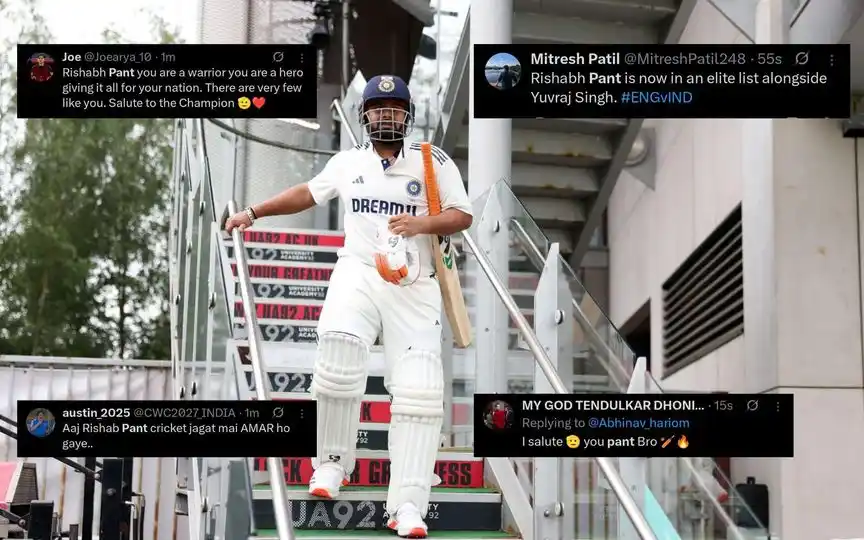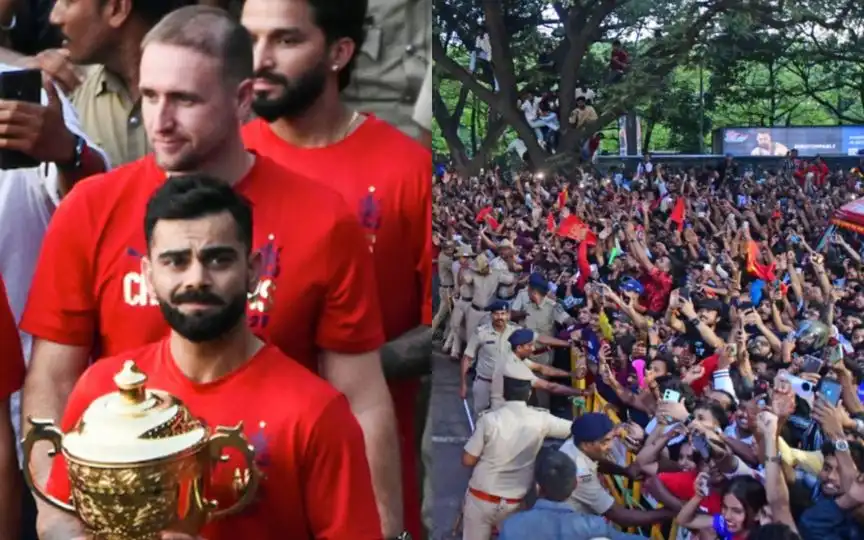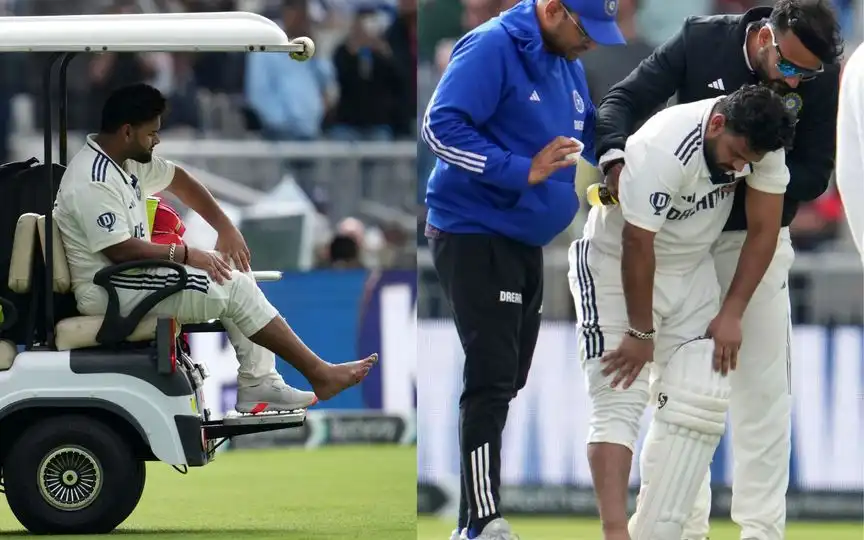.jpg?type=hq) Rishabh Pant Injury - (Source : AP)
Rishabh Pant Injury - (Source : AP)
Rishabh Pant's injury on Day 1 of the fourth Test between India and England sparked a new debate whether the ICC should follow other sports and allow substitutions in cricket.
The gentlemen's game has evolved with amendments to existing rules, but when it comes to injuries and substitutions, the International Cricket Council has often refused to mould its traditional rules.
Absence of key players—injured bowlers, ill batters, players suddenly limping off, leave the teams at an insurmountable disadvantage. The closest ICC has come to revolutionising the game is with the introduction of the concussion substitute.
However, modern cricket demands that the substitution rule be extended, allowing player replacements for reasons beyond concussions, to meet contemporary standards for fairness, safety, and spectacle.
Current ICC Substitution Rules: Narrow and Restrictive
The ICC currently permits a "like-for-like" replacement only for players suffering from a medically confirmed concussion during international matches. The process mandates a formal diagnosis and approval of a match referee, and since its inception in 2019, has focused exclusively on head and neck injuries.
For any other injury or illness, a substitute can only field in the player’s place - not bat, bowl, or captain, except rarely with permission, leaving teams numerically diminished in a playing sense. This applies even to severe injuries that can leave teams functionally a player short for days in a Test match like what happened with India when Rishabh Pant left the field with injury.
The Case for Broadening the Substitution Rule
When a team loses a player mid-match, cricket’s unique format (especially in Tests and ODIs) means the affected side plays under significant disadvantage for potentially hundreds of overs.The possibility of long-term player absence often turns matches into one-sided affairs, undermining viewer engagement and the principle of fair contest.
Only addressing concussions ignores the many other serious injuries that can occur on the field— fractures, torn ligaments, or sudden illnesses—any of which can have equally substantial impacts on both a player’s well-being and a team’s prospects. The aim should be to prioritise all player safety, not just those with head injuries.
Other major sports—football, rugby, basketball—routinely allow like-for-like tactical or injury-driven substitutions to maintain the contest’s integrity, safeguard athletes, and ensure matches aren’t ruined by bad luck. Cricket remains a rare exception, with its rigid rules often criticised as outdated.
Rishabh Pant And Others A Victim Of ICC's Rigidness
Courtesy of ICC's rigid rule to only allow substitute for head injuries, players like Pant, who clearly suffered a fracture on his toe, as certified by the doctors was forced to walk down the Manchester stairs to bat on Day 2 and help put runs on the board for his team as the series is on the line with India trailing 1-2.
Further, India were fortunate that Pant walked to bat, but in the past, several players have had serious injuries, where they couldn't walk to bat and the team were helpless for the rest of the match as the equation turned into a 10 vs 11 game.
The rigidness not only tests a player's bravery, but also risk the player of aggravating an injury, which can easily be avoided with a substitution.
Practical Precedents and Calls for Change
During the COVID-19 pandemic, ICC temporarily allowed COVID-19 substitute players—proving the system can be adapted for extraordinary circumstances. Prominent voices, including former players, coaches, and commentators, are calling for the rule’s expansion to general injuries—not just concussions—ideally with oversight from independent medical staff to avoid misuse.
It required a crisis to make ICC understand that a key change in the rules is required for the modern game, but what happened with Pant should be a case study to make the temporary amendment into a permanent rule to allow football-like substitution.
Key Safeguards for Expanded Substitution
Like-for-Like Criterion: Substitutes must match the main skills and role of the outgoing player, moderated by ICC officials to prevent undue advantage.
Medical Verification: Use of independent, on-ground medical experts to confirm the validity of injury/illness.
Restricted Application: Consider limiting the substitutions per game and only allow one replacement, which can be fair to give this thing a start.
Lessons from Domestic Experiments
Tournaments like the IPL and Syed Mushtaq Ali Trophy have experimented with "Impact Player" and tactical substitutions, with both risks (possible misuse) and benefits (renewed excitement, strategic depth)
Earlier, there was a criticism over the impact player rule, but it has helped the teams in crisis. The ICC soon should realise that just protecting the head don't serve the purpose.


.jpg?type=mq)


